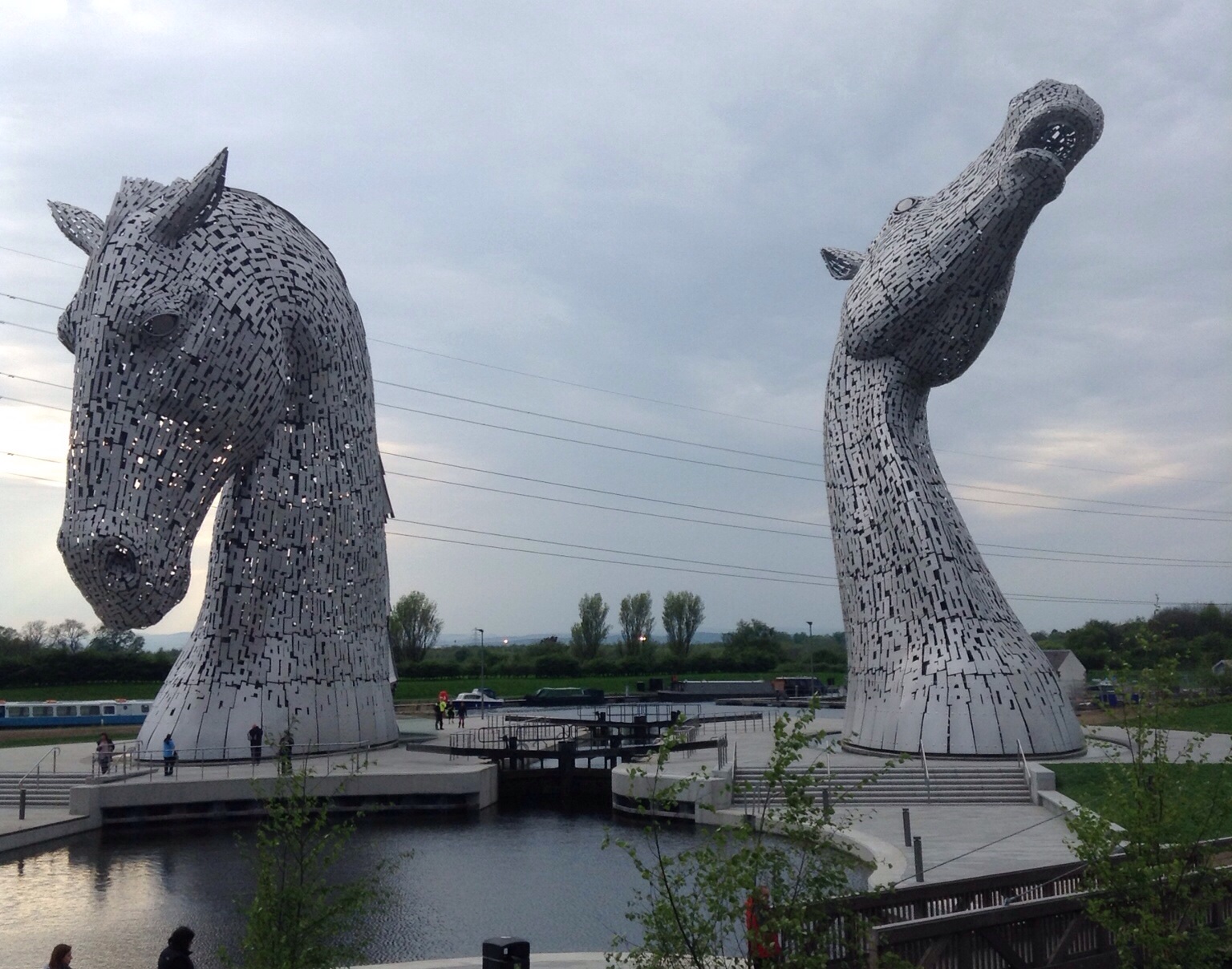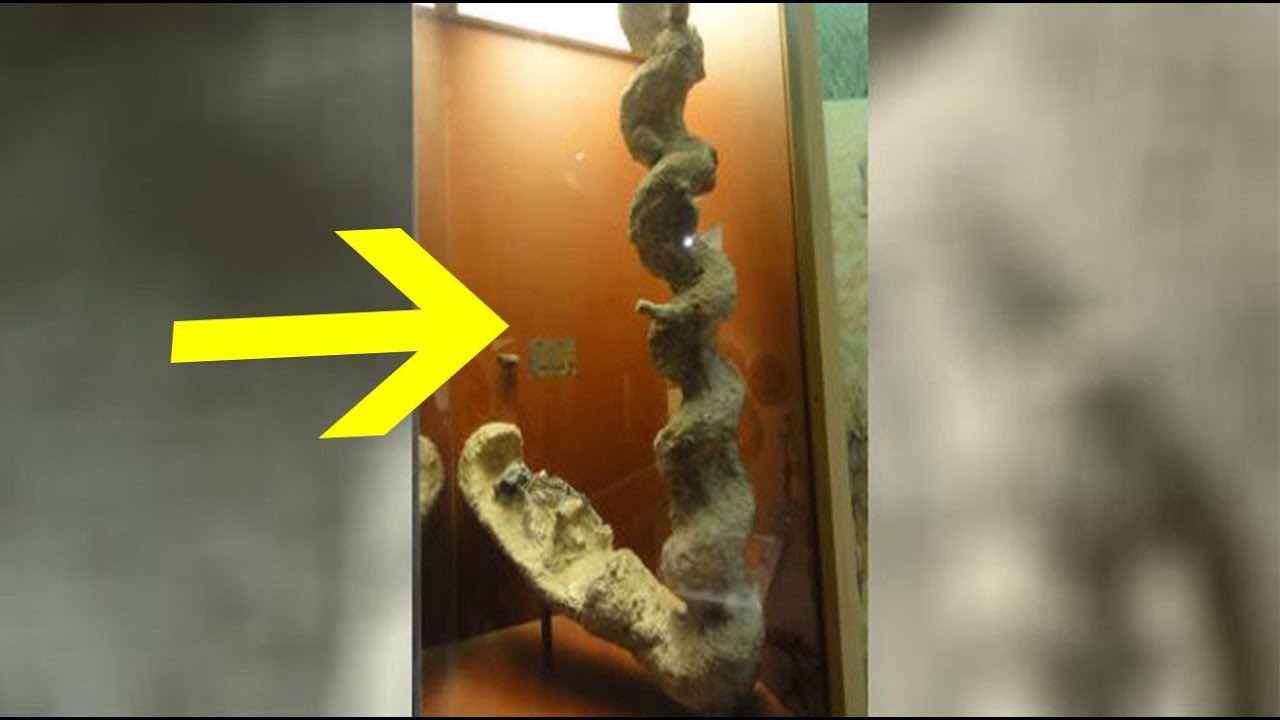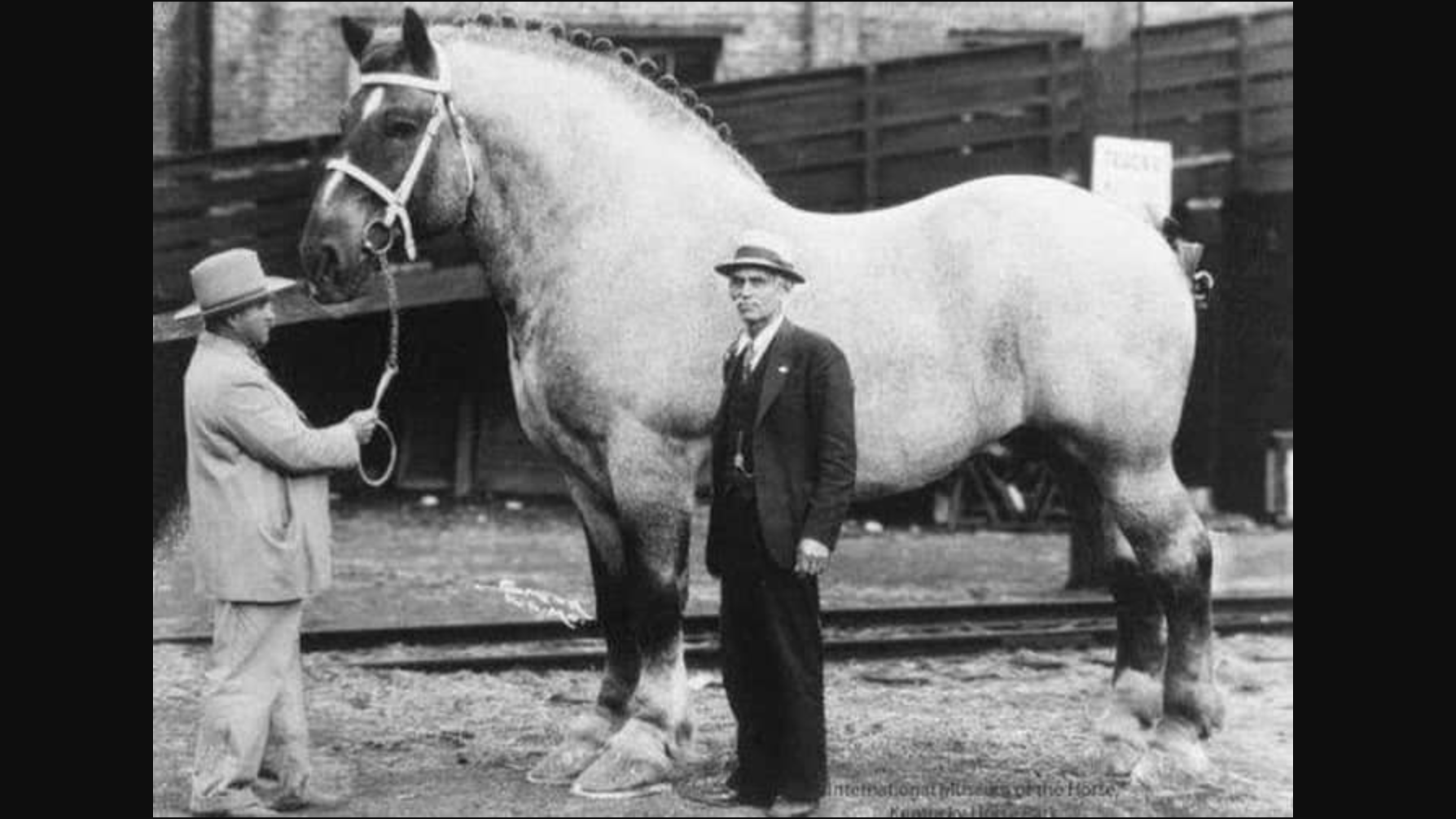Unraveling the Mysteries of Over 300 Petroglyphs in the American Southwest
The American Southwest is home to more than 300 enigmatic petroglyphs known as water glyphs. These ancient markings raise questions about their age, creators, and purpose, and our understanding of them remains limited.
The Age and Creators of Water Glyphs
Scientists have used x-ray fluorescence to estimate that these petroglyphs are approximately 2,000 years old, but they could be even older. Speculations about their creators suggest Ancestral Puebloans, a prehistoric Native American civilization in the Four Corners region of the United States, may have produced them.
Universal Shape with Variations
Water glyphs were first documented by photographer Bob Ford in 1996. Though they have a universal shape – a circle or ellipse bisected by a straight line – researchers have noticed slight modifications in how the circles were drawn. These variations are believed to convey meaning.
Decoding the Purpose of Water Glyphs
One theory posits that the Anasazi civilization created water glyphs to indicate the direction of water sources, functioning as directional signs in a dry region with dispersed communities. However, some scholars believe the petroglyphs served as astronomical markers or solstice markers, given the Anasazi’s advanced understanding of astronomy.
Alternative Theories
Other theories suggest that water glyphs were used to trap birds for sacred feathers, as part of sacrificial altars or burial customs, or even as writings left by Spanish conquistadors for navigation purposes. Further scientific research is needed to unveil the secrets of these fascinating glyphs found across the American Southwest.
I am the Librarian, and I, together with the guardians of the Ancient Library, curate content for this site. Welcome, and enjoy your stay.





